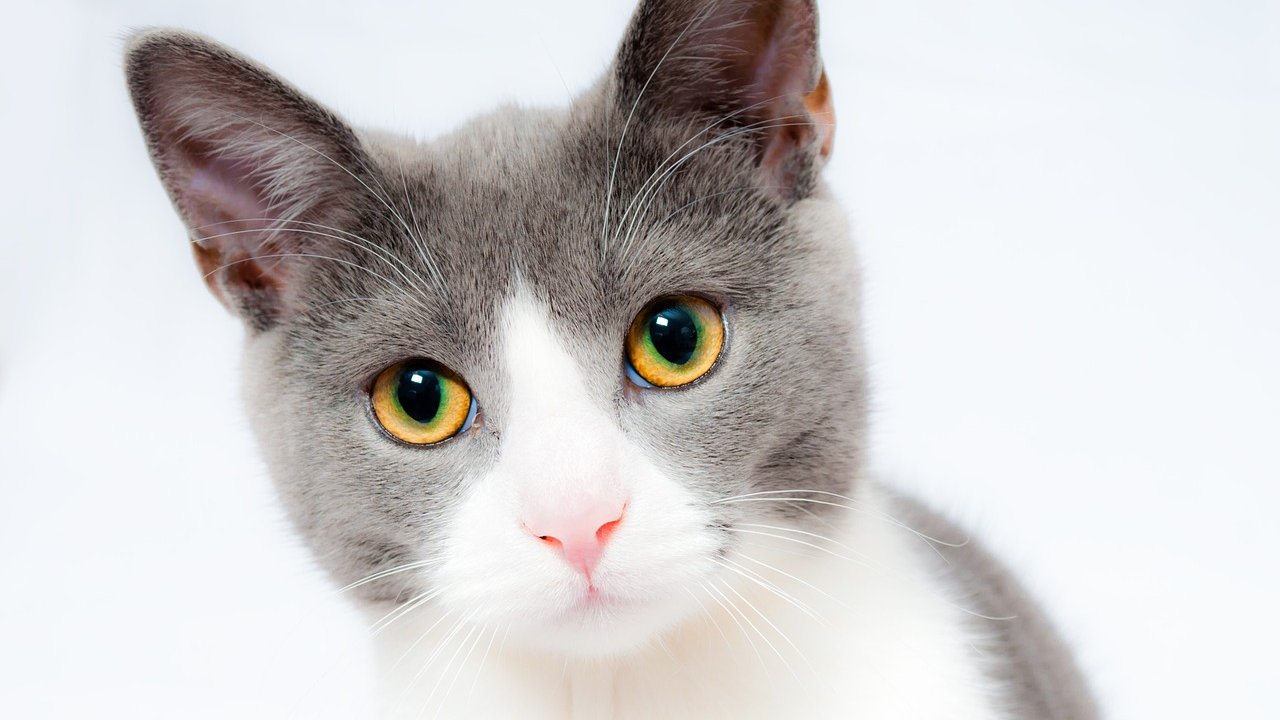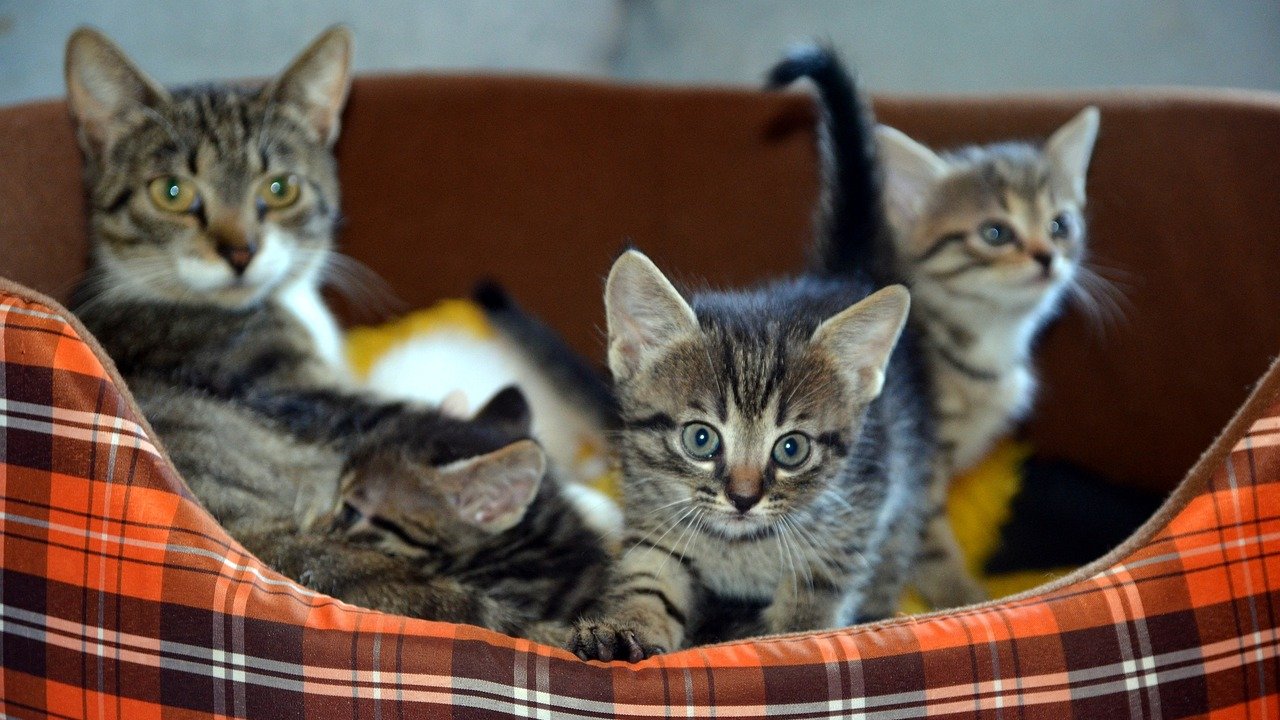
There are countless misconceptions when it comes to understanding cat behavior. Despite the growing knowledge about our feline friends, myths continue to circulate, leading to misunderstanding and sometimes even mishandling of cats. This article seeks to debunk some of the most common myths about cat behavior.
Myth 1: Cats are solitary creatures
It's a common belief that cats are solitary creatures who prefer to live alone. While it's true that cats value their personal space, this doesn't mean they're antisocial. In fact, cats can form strong bonds with their human companions and other animals. They may show affection in subtle ways that can be easily missed if you're not aware of their behavioral cues.
Myth 2: Cats are low-maintenance pets
Cats are often seen as low maintenance compared to dogs because they don't require daily walks or constant attention. However, cats have their own set of needs, including regular playtime, social interaction, and mental stimulation. Neglecting these needs can lead to behavioral problems such as aggression or destructive behavior.
Myth 3: Cats purr only when they're happy
Sure, cats purr when they're content. But they also purr when they're stressed, sick, or in pain. So, it's important to pay attention to your cat's behavior and body language in addition to their purring.
Myth 4: A cat's wagging tail means it's happy
Unlike dogs, a wagging tail in cats is not a sign of happiness. It's usually a sign of agitation or annoyance. If your cat's tail is twitching or swishing, it's best to give them some space.
Here is a summary table of the myths and realities of cat behavior:
Understanding your cat's behavior is crucial for building a strong bond with them. By debunking these common myths, we hope to foster a better understanding and appreciation of our feline friends. Remember, every cat is unique and may exhibit different behaviors. The key is patience, understanding, and love.











